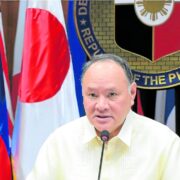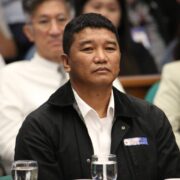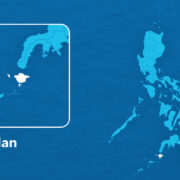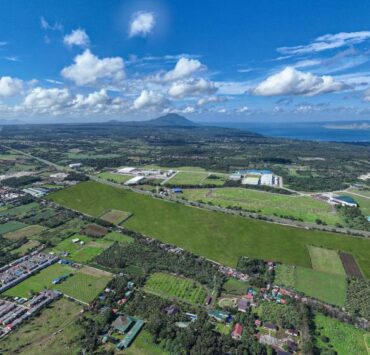When factories arrive, cities begin to sprout
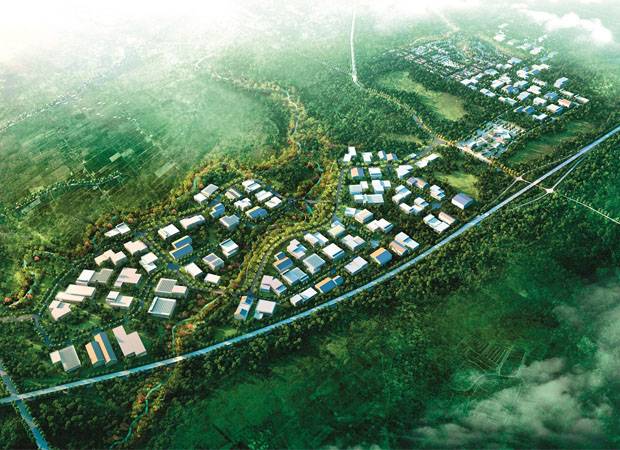
The arrival of an industrial park often marks a turning point in the economic rhythm of a region.
What begins as a fenced cluster of warehouses and production facilities often evolves into a hub for roads, transit systems, housing developments, and new livelihoods. Across Southeast Asia, and particularly in the Philippines, the establishment of these zones has sparked wide reaching change that transforms rural townships into urban contenders.

Infrastructure finds urgency in industry
In areas where government action on public infrastructure is slow, the potential of industrial parks can drive change.
The Subic-Clark corridor exemplifies this—former US military bases being transformed into special economic zones. This has led to the development of the Subic-Clark-Tarlac Expressway (SCTEx), a vital infrastructure for commerce and tourism in Central Luzon.
The same dynamic occurs in Batangas, where the First Philippine Industrial Park drove the expansion of feeder roads and power substations that would have otherwise remained a low priority. When manufacturing investors arrive, government agencies and private utility firms respond with greater coordination and speed.
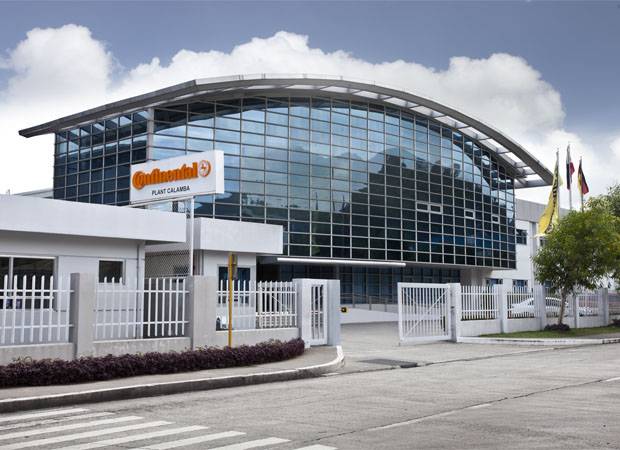
Jobs that feed new realities
Thousands of new jobs sprout across the value chain, from production line workers and logistics staff to engineers and equipment suppliers.
In regions where income sources were once dependent on seasonal agriculture or overseas remittances, the creation of stable, locally based employment alters household dynamics.
The Philippine Economic Zone Authority (Peza) cites employment figures that often surpass 1,000 workers per zone, scaling into tens of thousands in larger estates.
Calamba Premier Industrial Park and Carmelray Industrial Park in Laguna brought about exactly this shift, turning what was once farmland into high-output zones with direct transport routes and proximity housing. Livelihood becomes local, and the demand for housing, education, healthcare, and retail naturally follows.
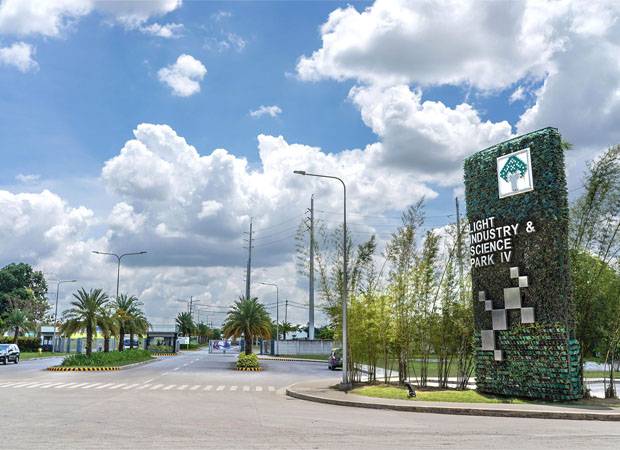
When capital begins to circle back
Capital seeks gravity, and parks become anchors.
Once a zone is proven to house globally recognized tenants, such as electronics manufacturers, automotive parts suppliers, and logistics firms, more capital flows into surrounding sectors.
This clustering effect attracts banks, real estate developers, business process outsourcing (BPO) companies, and retail chains. They follow the workers and their productivity.
In Cavite, Peza-accredited economic zones helped convince residential developers to pour billions into mixed-use communities. The spillover reached Imus, Dasmariñas, and General Trias, creating a belt of real estate activity once unimaginable a decade prior.
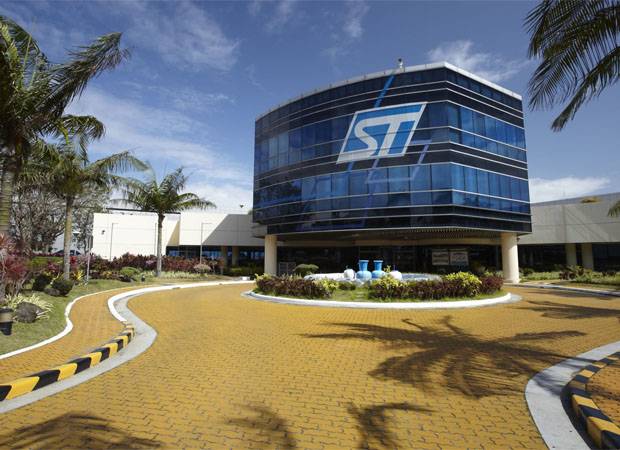
Urban patterns follow the power source
In Mindanao, the expansion of the Phividec Industrial Estate in Misamis Oriental attracted international industrial tenants, as well as fuel depots, inland container yards, and seaports.
This industrial momentum contributed to the reimagining of Cagayan de Oro’s role in Northern Mindanao, enhancing its regional centrality and advancing road linkages, such as the Mindanao Container Terminal and the Laguindingan Airport Access Road.

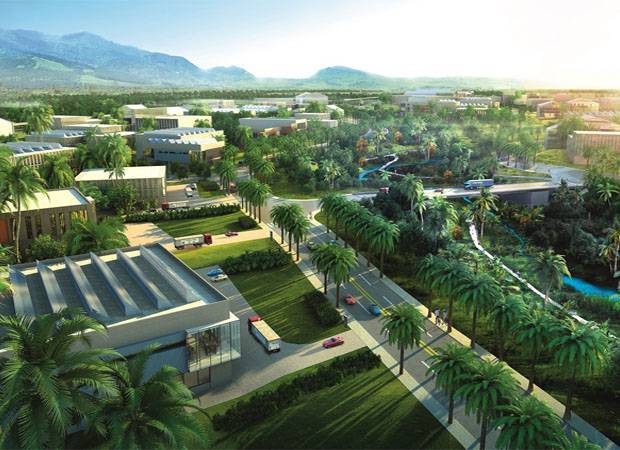
The chain reaction of land value repricing
Agricultural or idle lands surrounding a new industrial park experience an undeniable reclassification. What was once sold by the square meter now comes in hectares. Zoning changes, land re-parcelation, and joint venture inquiries soon follow.
In Pampanga, the growth of Clark Green City and its adjacent industrial areas reshaped real estate expectations. Landowners who once leased land to rice farmers now find themselves in talks with logistics companies, commercial developers, and hotel operators.
The author (www.ianfulgar.com), is a leading architect with an impressive portfolio of local and international clients. His team elevates hotels and resorts, condominiums, residences, and commercial and mixed-use township development projects. His innovative, cutting-edge design and business solutions have garnered industry recognition, making him the go-to expert for clients seeking to transform their real estate ventures







